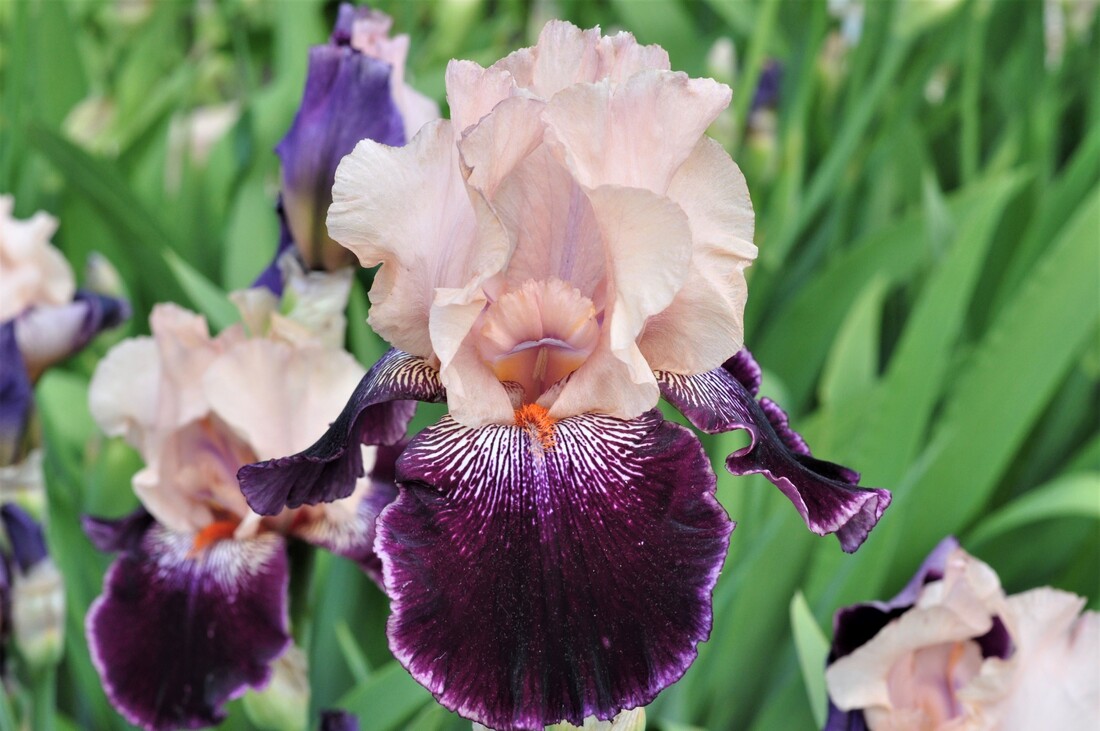EDGE Meeting – By Nancy Lockhart Sep. 30, 2025
Our September meeting was all about houseplants. Mel Lesperance from Springwater Garden Centre is a houseplant diva. Her house is full of plants. Houseplants help to reduce stress, improve air quality, a connection to nature and are pretty to look at. And it keeps you busy until garden season begins again. Basically the same requirements for plants in your garden are the same for your houseplants. Lighting, watering needs, size of space.
Rotate your plants toward the light source, give your plants a shower. Stick your finger into the soil to see if it needs a drink. Fertilize them, more in the spring/summer. Re-pot when roots are coming out the drain holes or if the soil is not suitable for the plants needs when you buy them.
Mark your calendars for our October meeting: Sharp and Shine, Fall Clean Up with Kevin VanAndel. October 22 at the Elmvale Legion 7:00 p.m. See you there.
Pay Attention to Plant Sex! – By Cathy Krar, Master Gardener, Mar. 25, 2025
Your mother may have told you to stop thinking about sex, but if we don’t pay attention to plant sex we are putting our very existence at risk.
Plant sex is necessary for fertilization, seed and fruit production. The survival of plants is critical for healthy ecosystems because flowering plants
sequester carbon dioxide and produce oxygen. Climate change has put a huge stress onto our ecosystem and a wide diversity of plants can help
manage these stresses. And finally, no plant sex, no plant food to feed our growing population. Are you convinced that plant sex is worth our attention?
But just what do we mean by ‘plant sex’? Well, we are talking about pollination. The act of moving the little living pieces of yellow pollen dust from the male anther in the flower to the female stigma of the same, or another, flower.
Plants can’t move, so they need assistance to pollinate. Sometimes the wind can move the pollen from one plant to another. This is typical for many crop plants such as wheat, rice, corn and oats. But a large majority of plants rely on insects, birds and animals (bats), for successful pollination, and we need to ensure the survival of these helpers.
You will remember from high school biology that flowers produce nectar, a food source for birds and insects. A bee lands on a flower in search of nectar for her offspring. As the bee pushes into the flower to get to the sweet nectar, the bee brushes up against the anthers that produce the pollen of the plant and this pollen adheres to the legs and underside of the bee. The bee then proceeds on to another nectar dive in another flower, and this time the pollen brushes off onto the female stigma of this plant thereby achieving fertilization. Plant reproduction, and life itself, is dependent on that dust particle of pollen moving from one part of the flower to another.
Pollinator populations are trending downwards with the majority of those being flies, beetles, butterflies, wasps and bees. These helpers need our help to ensure that plant sex is happening.
CONSIDER THIS:
Get involved in pollinator activities in your community. Why not plant a pollinator garden with a variety of native plants, a water source, habitat for shelter and reproduction? How about increasing the survival rate of pollinators by avoiding the use of pesticides in your own garden and reducing your outdoor lighting? Protect and preserve the pollinators and you are protecting the earth.
This series of gardening articles brought to you by the Simcoe County Master Gardeners, members of the Master Gardeners of Ontario. For more information, visit www.simcoecountymg.ca.


